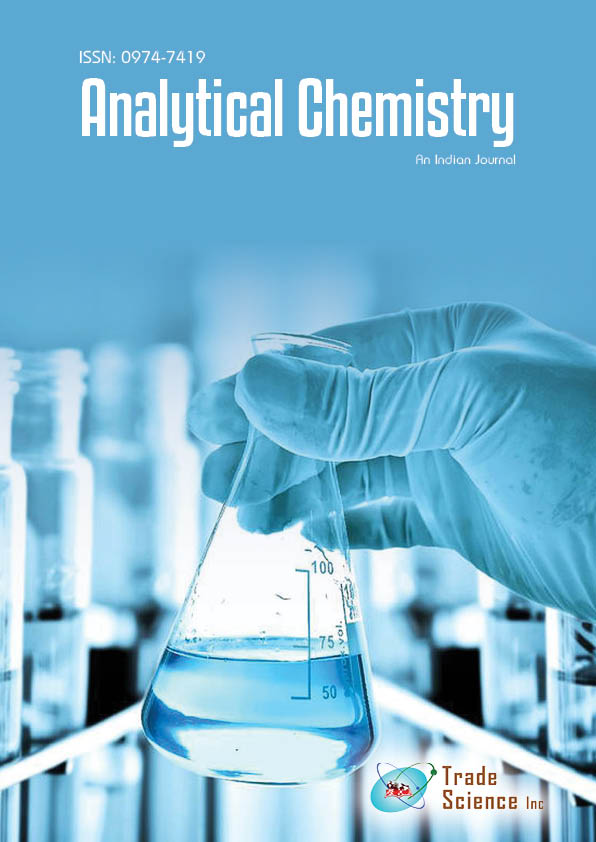抽象的な
Battery waste material catalyzes the production of hydrogen peroxide
James Bill*
The waste powder from lithium-ion batteries (LiB) is a useful source of numerous elements, including carbon and metals. Despite having electrical conductivity, a nanostructured shape, and the possibility of metal oxides, this material has never been exploited as an electrocatalyst. The use of LiB waste powder as a catalyst for electrochemical H2O2 generation was demonstrated in this study. The powder was immobilised on a glassy carbon (GC) electrode and assembled at a liquid–liquid interface created by a solution of decamethylferrocene (DMFc) in trifluorotoluene and aqueous perchloric acid in the presence of oxygen. Cyclic voltammetry and a rotating disc electrode (RDE) were used to investigate the electrochemistry, and a 2-electron ORR pathway was confirmed. Colorimetry, UV–vis spectroscopy, and scanning electrochemical microscopy were used to detect H2O2 production at the liquid–liquid interface and DMFc oxidation (SECM). When compared to an unmodified GC, the ORR onset potential is reduced by about 0.3 V when LiB waste powder is used. The waste powder boosts the efficiency of H2O2 generation by around 20 times when constructed at a liquid–liquid interface.
